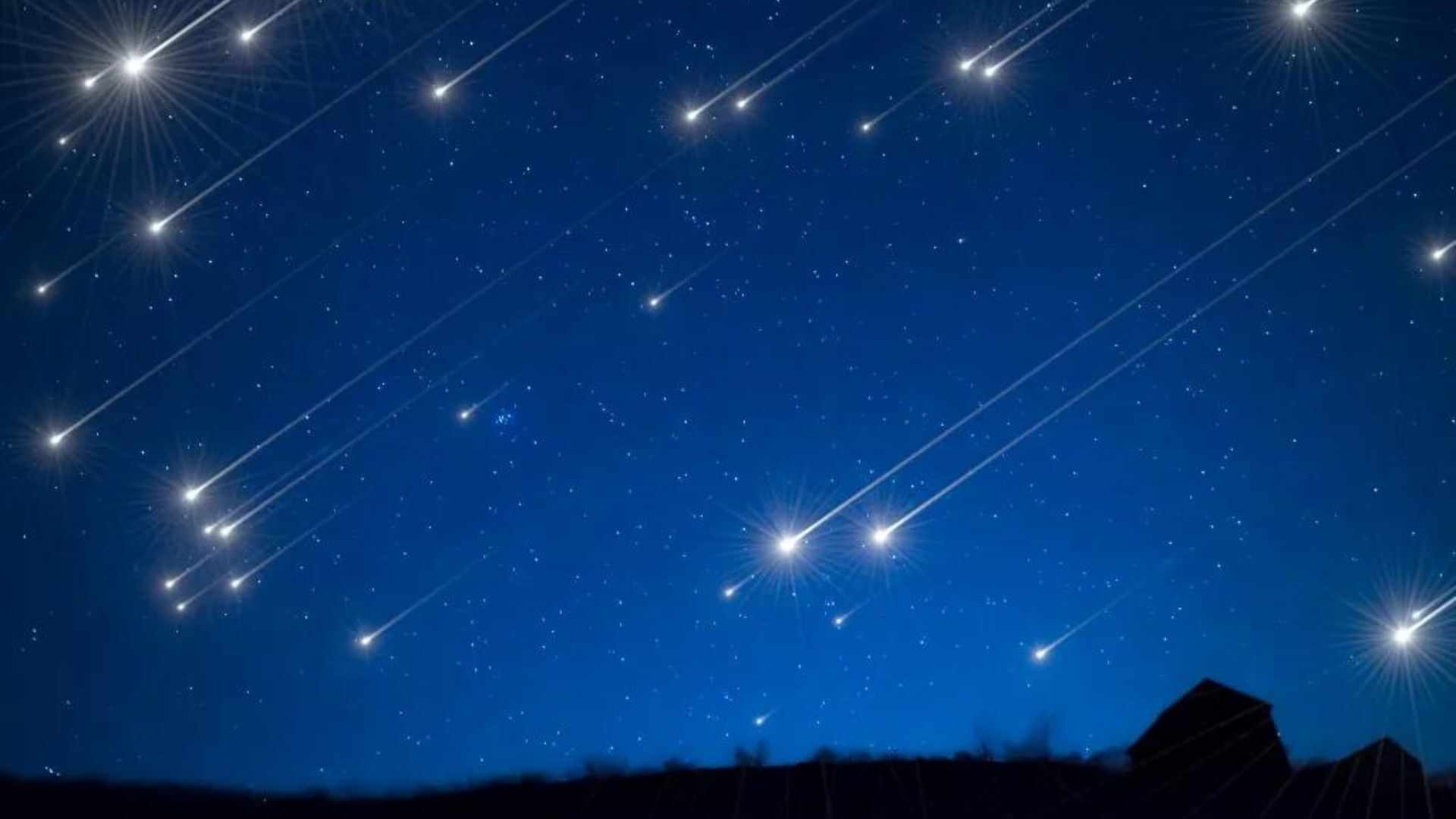A stunning celestial event is set to occur at the end of July, visible to the naked eye from anywhere on Earth. This spectacular meteor shower will peak towards the month’s end, offering an enchanting display of shooting stars for all astronomy enthusiasts to enjoy.
When and where can you watch the meteor showers
The Delta Aquariids and Alpha Capricornids meteor showers will be active from late July to mid-August. However, their peak visibility will occur on July 30, when they will be most prominent against the dark sky. According to EarthSky, the optimal time to observe these shooting stars is from late evening until dawn, with the radiant point reaching its highest point around 2:00 am UTC (10:00 pm ET). As dawn approaches, visibility may diminish. The expected rate of meteors during the peak of the shower will be between 15 to 20 per hour, with no moonlight to interfere. For the best viewing experience, it is recommended to choose a high-altitude location during the new moon phase.
The Delta Aquariids, the more prominent of the two meteor showers, will be the first to be observed from Earth. Clear skies may also provide a view of neighboring constellations such as Capricorn, Aquila, and Pisces surrounding the constellation Aquarius.
Meteor-gazing
Observing meteor showers at their peak requires careful consideration of sightlines, timing, weather conditions, and location. To optimize viewing of this annual celestial event, it is crucial to select a site that minimizes light pollution. Earth.com advises choosing locations such as rural areas or designated dark sky parks, away from urban lights, to reduce interference and enhance visibility.
Upon arriving at your viewing location on Earth, allow your eyes 20-30 minutes to acclimate to the darkness of the night sky. Binoculars are not essential for observing meteors; instead, prepare blankets for comfort while lying back to enjoy the sky. It’s also a good idea to bring along snacks and beverages to enhance your viewing experience.























